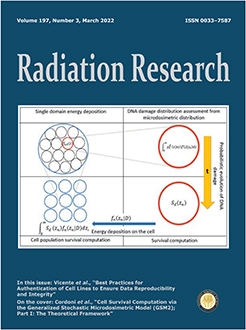Hypoxia is associated with neoplastic tissue, protecting cancer cells from death by irradiation and chemotherapy. Identification of hypoxic volume of tumors could optimize patient selection for hypoxia-directed medical, immunological, and radiation therapies. Clostridium novyi-NT (CNV-NT) is an oncolytic bacterium derived from attenuated wild-type Clostridium novyi spores, which germinates exclusively in the anaerobic core of tumors with low-oxygen content. The hypothesis was that 64Cu-ATSM would localize to regions of hypoxia, and that greater hypoxic volume would result in greater germination of Clostridium novyi-NT (CNV-NT). Tumor-bearing companion dogs were recruited to a veterinary clinical trial. Dogs received a CT scan, 18F-FDG PET scan (74 MBq) and 64Cu-ATSM PET scan (74 MBq). Scan regions of interest were defined as the highest 20% of counts/voxel for each PET scan, and regions with voxels overlapping between the two scans. Maximum standardized uptake value (MaxSUV) and threshold volume were calculated. Direct oximetry was performed in select tumors. Tumor types evaluated included nerve sheath tumor (10), apocrine carcinoma (1), melanoma (3) and oral sarcoma (6). MaxSUVATSM ranged from 0.3–6.6. Measured oxygen tension ranged from 0.05–89.9 mmHg. Inverse of MaxSUVATSM had a linear relationship with oxygen tension (R2 = 0.53, P = 0.0048). Hypoxia <8 mmHg was associated with an SUVATSM > 1.0. Hypoxic volume ranged from 0 to 100% of gross tumor volume (GTV) and MaxSUVATSM was positively correlated with hypoxic volume (R = 0.674; P = 0.0001), but not GTV (P = 0.182). Tumor hypoxic volume was heterogeneous in location and distribution. 64Cu-ATSM-avid regions were associated with differential CT attenuation. Hypoxic volume did not predict CNV-NT germination. 64Cu-ATSM PET scanning predicts hypoxia patterns within spontaneously occurring tumors of dogs as measured by direct oxymetry. Total tumor volume does not accurately predict degree or proportion of tumor hypoxia.
How to translate text using browser tools
2 December 2021
Paired 18F-Fluorodeoxyglucose (18F-FDG), and 64Cu-Copper(II)-diacetyl-bis(N(4)-methylthiosemicarbazone) (64Cu-ATSM) PET Scans in Dogs with Spontaneous Tumors and Evaluation for Hypoxia-Directed Therapy
Charles A. Maitz,
Deborah Tate,
Sandra Bechtel,
Joni Lunceford,
Carolyn Henry,
Brian Flesner,
Amanda Collins,
Mary Varterasian,
David Tung,
Linping Zhang,
Saurabh Saha,
Jeffrey N. Bryan
ACCESS THE FULL ARTICLE

Radiation Research
Vol. 197 • No. 3
March 2022
Vol. 197 • No. 3
March 2022




